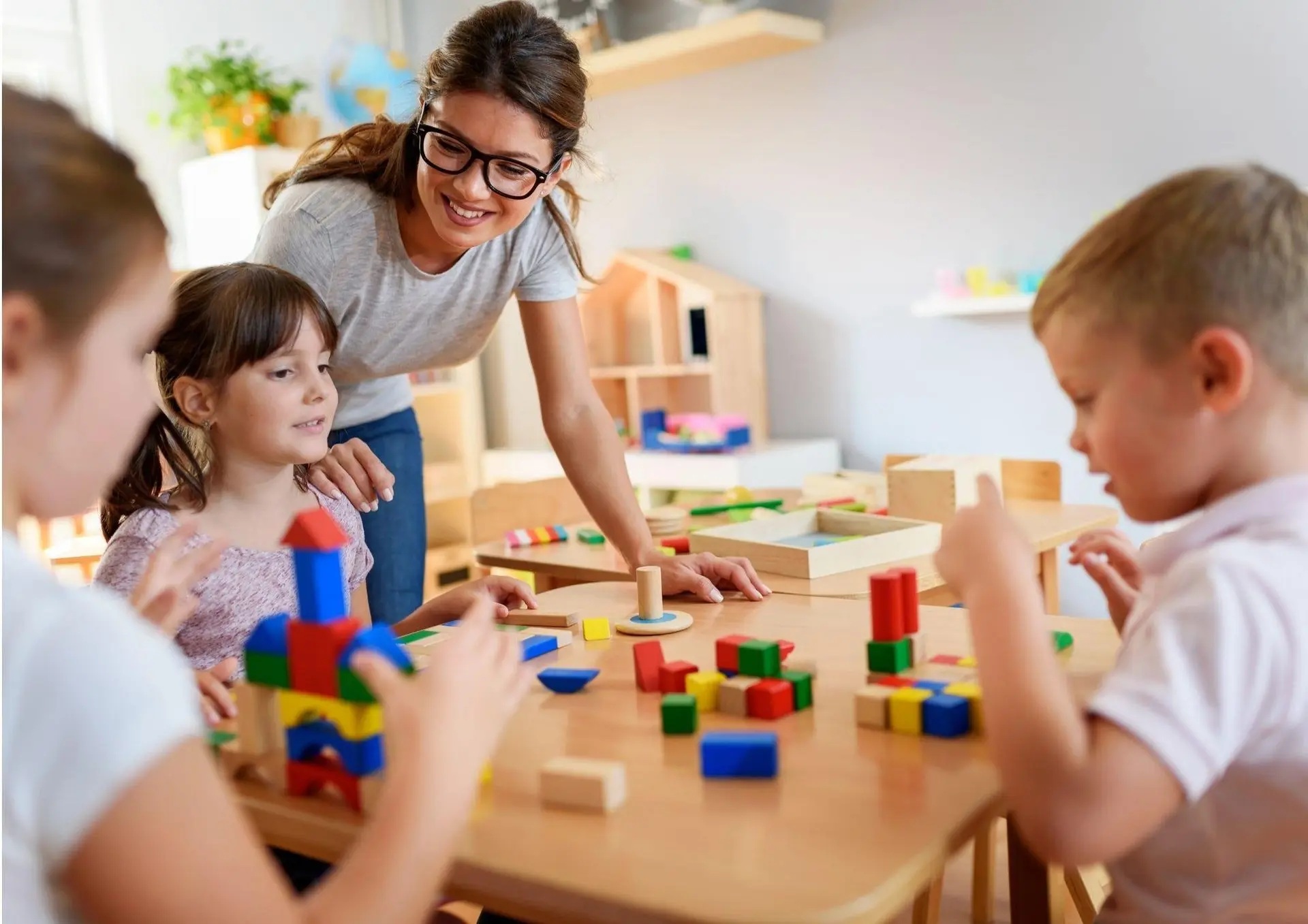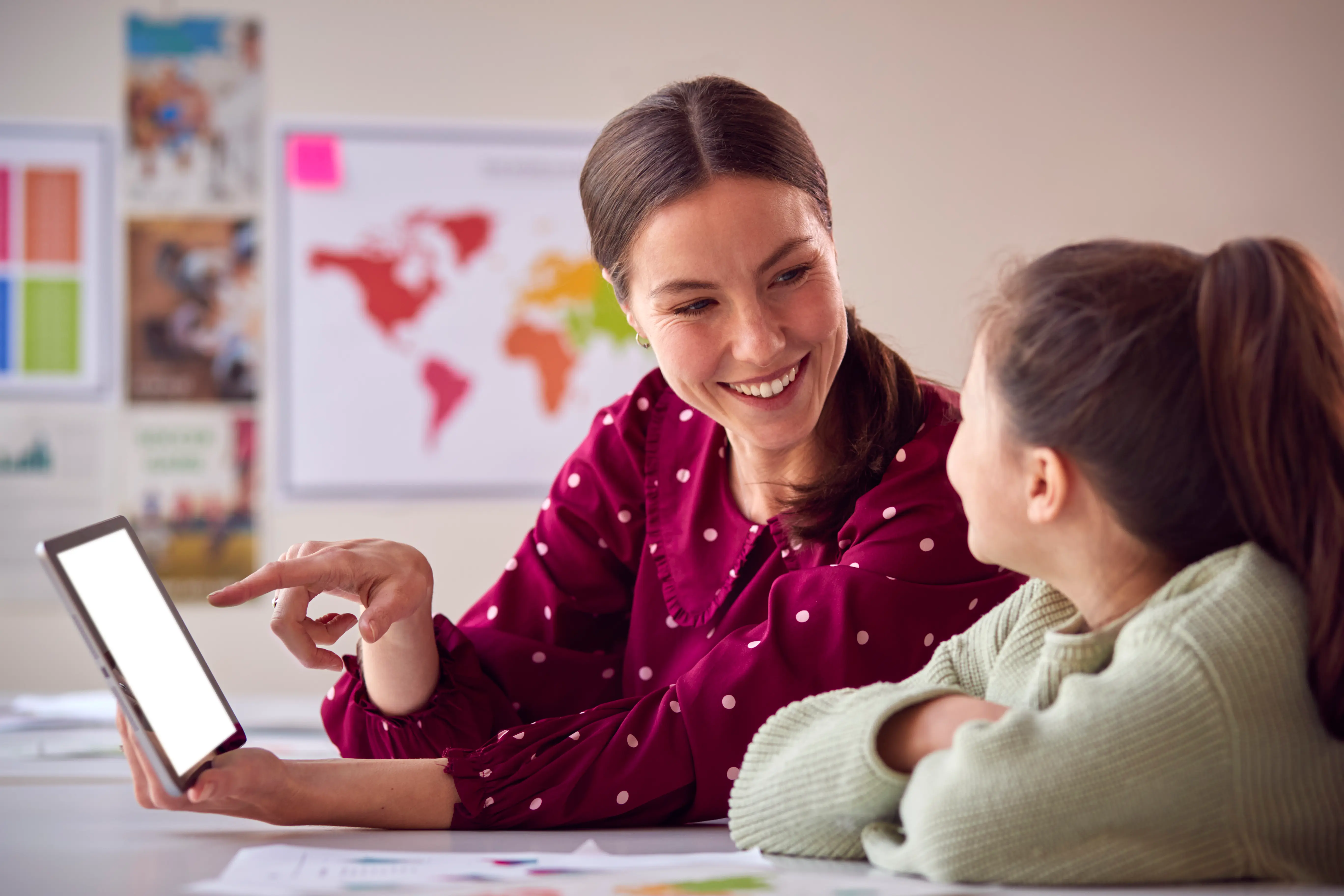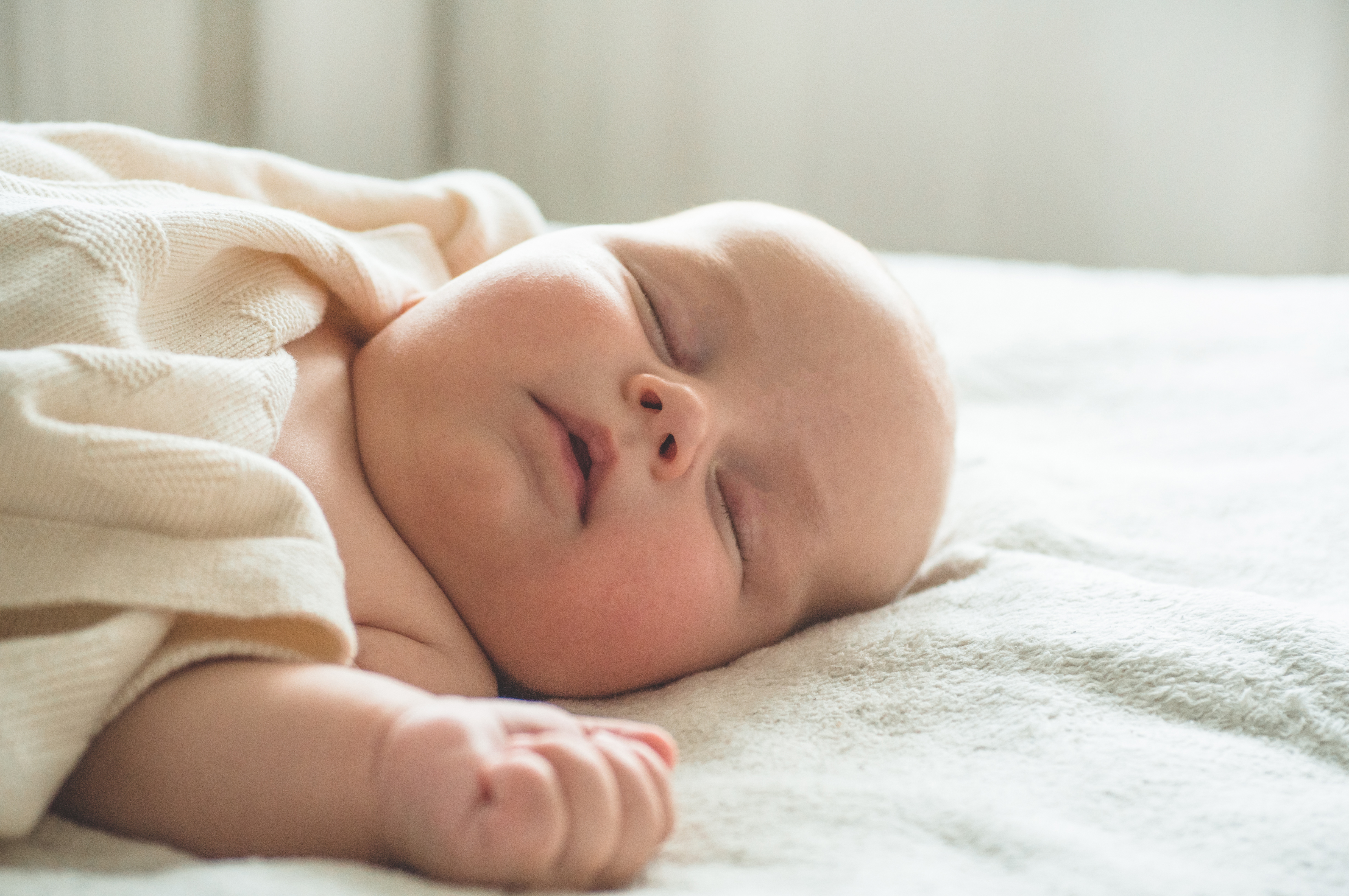One of the things I think about a great deal as an educator is “how do children learn
best?”
While I think there is no “right” answer to this question, I see that some children learn
intuitively by observing the world around them, but most children (and adults for that
matter) learn by “doing”.
The buzzword today is “hands-on learning”. This requires every teacher to set up
his/her classroom environment, activities, and materials to be an experimentation of
sorts. One where trial and error is encouraged, not for one time, but over many
experiences and with different approaches. The process of mastery comes with
many attempts at the same thing, not usually in a singular experience.
As an educator, I have given this much thought in regards to the work we do at our
school. All of us, the teachers and myself pride ourselves on “intentional planning”,
where teachers take the time to set up their curriculum to provide rich organic
experiences for children to learn through creative, open-ended, and engaging
activities with multiple purposes in mind. When children feel safe and well cared for
they open their hearts and minds to the learning process, take risks, and naturally
want to explore.
Over many years, we have found that the individualized attention our children receive
through the small, consistent class size here at The LEAP School supports the
teacher’s ability to meet each child at their developmental level, while also
encouraging them to move forward and arrive at their level of mastery.
So is this how children learn best? More specifically, is this how preschoolers learn
best? Perhaps “best” isn’t the right word. But I can safely say that I have seen many
children move through our school, learning at their own pace and achieving mastery.
I have to wonder if “intentional planning” and learning through experimentation are
some of the keys.


